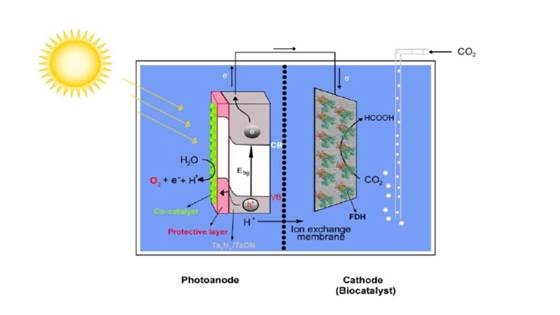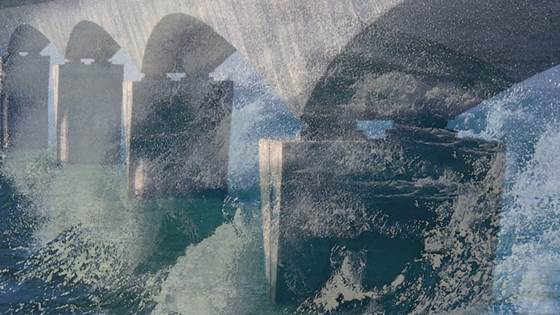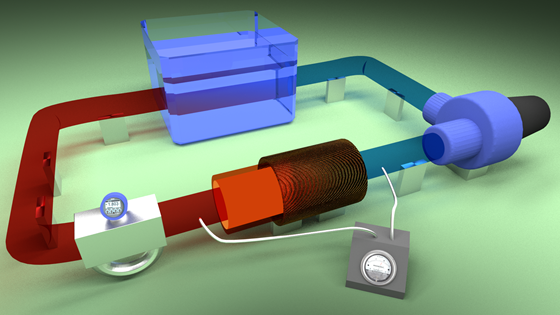
Giantleap
Giantleap aims to increase lifetime and reliability of fuel cells in buses

Giantleap aims to increase lifetime and reliability of fuel cells in buses

HydroCen is a research center for renewable energy.

The primary objective of the POLYMEM project is to reduce the costs, energy and environmental impact of CO2 capture compared with existing technologies by developing and implementing the "next generation" polymeric membranes.

The integration of ICT solutions in critical infrastructures is making societies increasingly "smarter" (e.g. smart cities, smart grids and smart transport). This presents both opportunities and risks. This is the starting point of SmartResilience...

Abundance and distribution of sea lice larvae in relation to the three-dimensional current flow patterns around and within salmon farms.

The main objective of CO2BioPEC is to demonstrate a bio-hybrid photoelectrochemical cell, in which solar energy is efficiently captured and at the same time, CO2 is converted to energy-rich compounds in the presence of formate dehydrogenase enzymes...

This project is helping the municipality of Stjørdal with deciding how many new flats for assistant living they shall build in the near future and how they shall be designed.

It is important to predict the drift trajectories of oil spills, ice bergs, and other floating objects to protect the marine environment and for safe offshore operations.

Real-Time Hybrid Model Testing is the science of combining advanced simulations, state-of-the-art experimental methods with active control system into a novel approach, to verify the safety and efficiency of marine structures and operations.

Oil spill response is more challenging in cold climate condition. The project develops and evaluates the effectiveness and environmental effects of different response methods in cold climate with the aim to develop a strategic tool for oil spill...

Eyes, brain and hands: these are the tools that shall carry Norwegian fish, agriculture and aquaculture from harvest and production, through careful processing, until it reaches the consumer.

The main goal of the LORCENIS project is to develop long lasting reinforced concrete for energy infrastructures under extreme operating conditions.

The development of Smart grids solutions is gaining momentum all over the world, supporting the vision of a sustainable and reliable future energy system. New regulations and directives for security of supply, sustainability and market efficiency...

Offshore Wind Integration with a Stand-alone Electric Grid for Oil and Gas Offshore Installations

SET-Nav's objective is to support strategic decision making in Europe’s energy sector, to facilitate the development of optimal technology portfolios by market actors. The project is based on three pillars: a broad and technically-advanced modelling...

FerroCool is an experimental project that will investigate ferrofluid heat transfer. It is an early step towards realizing a novel, efficient and reliable cooling concept that uses magnetic nanofluids.

ENTiCE is a three year project financed by the Research council of Norway in which SINTEF Fisheries and aquaculture, NTNU, Frøya High School, and the Scottish Association for Marine Science will implement and develop new technologies for studying the...

The project has a large potential for improving the transmission system's asset management by optimizing decisions on maintenance and reinvestments using developments in information and communication technology (ICT) and existing business specific...